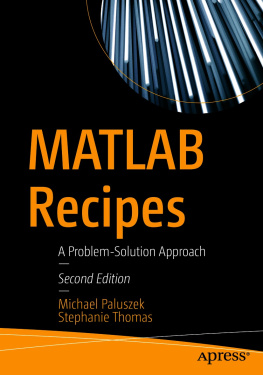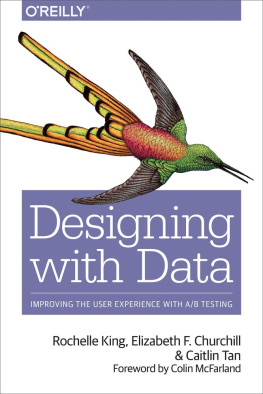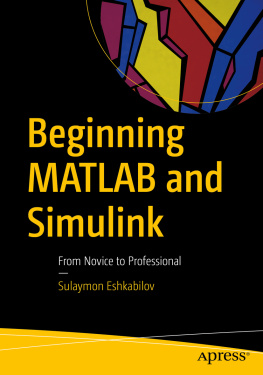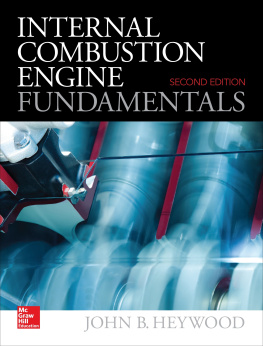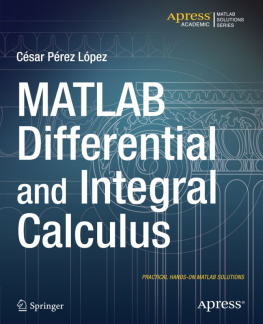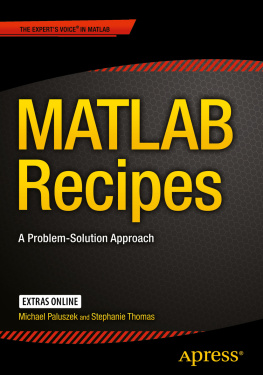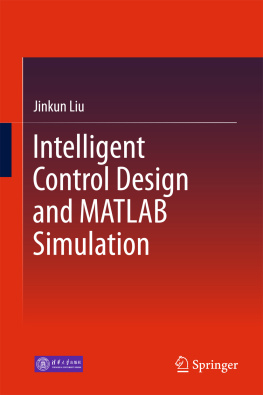Gasoline Engine Calibration Case Study
Gasoline Case Study Overview
Case Study Introduction
Why Use Design of Experiment and Engine Modeling?
Problem Definition
Introduction to Two-Stage Modeling
Designing the Experiment
Overview of Design Process
Specifying Model Inputs
Creating Designs
Data Source
Selecting Data and Models to Fit
Viewing and Filtering Data
View Data
Filter Data
How Is a Two-Stage Model Constructed?
Selecting Local Models
Viewing the Boundary Model
Selecting Global and Two-Stage Models Inspect the Global Models
Create Multiple Models to Compare
Create a Two-Stage Model
Evaluate Other Response Models
Using Validation Data
Exporting the Models
Optimized Calibration
Problem Definition
Benefits of Automated Calibration
Importing Additional Models into CAGE
Setting Up Calibration Tables to Fill
Altering Variable Ranges
Setting Up Tables
Setting Up the Optimization
Defining Variable Values
Running the Optimization
Setting Up the Sum Optimization
Setting Up the Optimization Initial Values and Objective
Creating Table Gradient Constraints Running the Sum Optimization
Filling Tables with Optimization Results
MBT Spark Estimator Problem What Is an Estimator?
View the Feature
View Variables
Edit and Import Boundary Model
Use the Feature Fill Wizard
Inspect Results
CAGE Import Tool
Diesel Engine Calibration Case Study
Diesel Case Study Overview
Introduction
Problem Definition
Design of Experiment
Introducing Design of Experiment
Constraining the Design
Creating Candidate Designs
Data Collection
Modeling
Overview of Modeling Process
Optimized Calibration
Problem Definition
Benefits of Automated Calibration
Importing Models of Engine Responses into CAGE
Defining Additional Variables and Models
Setting Up Calibration Tables to Fill
Setting Up the Point Optimization
Setting Up Constraints
Defining Variable Values
Running the Optimization
Setting Up the Sum Optimization
Setting Up Initial Values and Sum Objective
Creating the Brake Specific NOx Constraint
Setting Weights for the Sum Objective and Constraint
Set Parameters and Run Optimization
Filling Tables with Optimization Results
Point-by-Point Diesel Engine Calibration Case Study
Point-by-Point Diesel Case Study Overview What Is Point-by-Point Modeling?
Engine Calibration Specifications and Problem Description Required Tasks
Create Designs and Models Programmatically
Overview of Programmatic Design and Modeling
Creating Designs and Models Programmatically
Verify and Refine Models
Open the Project and View Designs
Analyze and Refine Local Fits
Point-by-Point Optimization Overview
Create Point Optimizations in CAGE
Introduction
Load Models to Optimize
Create Part Load Point Optimization
Create Full-Load Point Optimization
Create Multiregion Sum Optimization
Introduction
Create Data Set from Point Optimization Results
Create Sum Optimization
Add Application Point Sets
Set Up Constraints
Define Weights and Fixed Variables and Run Optimization
Use Optimization Results Introduction
Create Tables to Fill
Fill Tables from Optimization Results
Export Tables
Composite Models and Modal Optimizations
Introducing Composite Models and Modal Optimization Composite Model and Modal Optimization Projects
Gasoline Example with Four Cylinder and Eight Cylinder Modes
Diesel Example with Low and High EGR Modes
Composite Model Example with Separate Tables for Each
Mode
Model Based Calibration

Model-Based Calibration Toolbox Product Description
Model and calibrate engines
Model-Based Calibration Toolbox provides apps and design tools for optimally calibrating complex engines and powertrain subsystems. You can define optimal test plans, automatically fit statistical models, and generate calibrations and lookup tables for complex high-degree-of-freedom engines that would otherwise require exhaustive testing using traditional methods. Calibrations can be optimized at individual operating points or over drive cycles to identify the optimal balance of engine fuel economy, performance, and emissions. Using apps or MATLAB functions, you can automate the calibration process for similar engine types.


